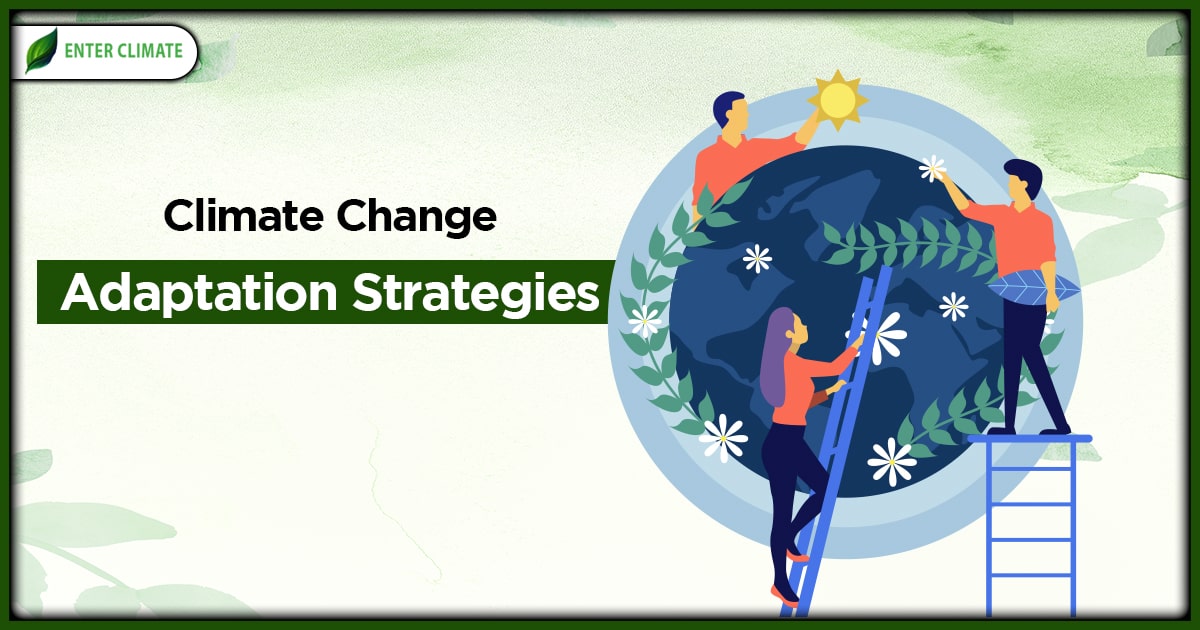
The Gender Pay Gap and Economic Equality: A Report on Progress and Challenges

The recent release of the Workplace Gender Equality Agency’s private company gender pay data1 revealed gender pay gaps at the majority of Australia’s largest private companies, which is alarming. Add to that the statistics around older women and their lack of financial independence—women over 55 make up the most rapidly growing homeless population in Australia—and it’s clear that economic equality between genders still has a long way to go.
In the midst of widespread concern and frustration over persistent gender pay gaps and the scarcity of women in senior positions, International Women’s Day emerged as a pivotal moment to celebrate women’s achievements and advocate for a future of greater gender equality.
Good Intentions Aren’t Enough
Even with the best of intentions, many corporations are struggling to maintain their commitment to diversity and inclusion in the workplace, even if they were celebrating International Women’s Day with their people this year.
In these challenging economic times, budgets are stretched thin, compelling many companies, both in Australia and globally, to cut back on their DEI investments.
This trend has raised alarms, with Forrester2 forecasting an “employee experience recession,” as they predict DEI investments will plummet from 33 percent in 2022 to a mere 20 percent in 2024. Such drastic reductions threaten to derail the progress we’ve made towards equality in our workplaces.
A staggering 74 percent of women are contemplating leaving their organisations if their careers are not actively supported, and 35 percent have already switched companies in the past 18 months3.
Reducing investment in diversity, equity, and inclusion (DEI) initiatives significantly increases the risk of attrition. Companies must recognise that investing in employee development is far more cost-effective than the higher expenses incurred from replacing talent that departs due to a lack of support.
While these short-term savings might look good on paper, they risk undoing the gender equality progress already made in our workplaces.
Recognising Progress
And let’s be clear, even though it’s slow and not nearly enough, progress has been made.
While so much media reporting has focused on the negative implications of gender inequality recently, we need to recognise how far we’ve come in the last two decades, and consider the impact of undoing this positive foundational work.
In the last 20 years, we have seen a shift in the visibility of women in leadership. In 2003, just 4.1 percent of the CEOs of Australia’s ASX 200 were women4, in 2023, that percentage was 10.5 percent. Slow progress, but progress.
In this period we’ve also seen our first female Prime Minister (Julia Gillard, 2010-2013), and a growing trend towards female leadership—19.4 percent of CEOs across all companies are women and 32.5 percent of key management positions are held by women5.
Flexibility in the Workplace
In recent years, opportunities to work from home and enjoy more flexibility around work have proved beneficial for women and have been a key factor in women choosing to stay in the workforce.
This is critical for working parents. Recent data from the HILDA survey6 shows the proportion of mothers with children under five working at least partly from home has leapt from 31 percent to 43 percent.
So the shift towards enforcing return to office policies, coupled with the new Right To Disconnect legislation, poses additional challenges, especially for women. These mandates risk undermining the flexible working arrangements that have been critical in supporting women’s participation in the workforce.
Current data from the Diversity Council Australia shows 72 percent of women use one or more forms of flexible work options (e.g., hybrid work and job-share), compared to 57 percent of men.
A Recipe for Diversity Disaster
Reducing investment in DEI programs, paired with a reduction in flexibility in the workplace, has the potential to slow down, or even reverse, the progress being made towards a more gender-equal workforce.
The Women Rising Voice of Women at Work Report in 2023 found that when women aren’t getting what they need from work, and investment is down, there are devastating knock-on effects, with a fifth of non-retirement-aged women surveyed in our report saying they’ve seriously considered leaving the workforce altogether.
It’s crucial to remember that DEI programs are designed to correct systemic imbalances, shaping a pipeline that brings more women into leadership roles. These aren’t just nice-to-haves, they’re the bedrock of equitable progress.
If you’re in the position of having to justify costs for DEI programs, be sure to point out that these programs have long-term benefits to organisations, contributing to improvements in performance, better workplace culture, and overall profitability. There’s a clear line between more women in leadership and business success. WGEA7 found that female top-tier managers add 6.6 percent to the market value of ASX companies.
So, What Next? Practical Steps Forward
If your organisation is feeling pressure around budgets for DEI programs, the good news is there’s plenty you can do to maintain momentum and make a positive commitment to gender equality.
SDGs, Targets, and Indicators
-
SDG 5: Gender Equality
- Target 5.1: End all forms of discrimination against all women and girls everywhere
- Target 5.4: Recognize and value unpaid care and domestic work through the provision of public services, infrastructure, and social protection policies and the promotion of shared responsibility within the household and the family
- Indicator: Gender pay gaps at private companies
- Indicator: Lack of financial independence among older women
-
SDG 8: Decent Work and Economic Growth
- Target 8.5: By 2030, achieve full and productive employment and decent work for all women and men, including for young people and persons with disabilities, and equal pay for work of equal value
- Indicator: Reduction in gender pay gaps
- Indicator: Increase in the percentage of women in leadership positions
- Indicator: Proportion of mothers with children under five working from home
- Indicator: Proportion of women using flexible work options
-
SDG 10: Reduced Inequalities
- Target 10.2: By 2030, empower and promote the social, economic, and political inclusion of all, irrespective of age, sex, disability, race, ethnicity, origin, religion, or economic or other status
- Indicator: Increase in the proportion of women in leadership positions
- Indicator: Reduction in gender pay gaps
- Indicator: Increase in the proportion of women using flexible work options
Table: SDGs, Targets, and Indicators
| SDGs | Targets | Indicators |
|---|---|---|
| SDG 5: Gender Equality | Target 5.1: End all forms of discrimination against all women and girls everywhere | – Gender pay gaps at private companies – Lack of financial independence among older women |
| SDG 8: Decent Work and Economic Growth | Target 8.5: By 2030, achieve full and productive employment and decent work for all women and men, including for young people and persons with disabilities, and equal pay for work of equal value | – Reduction in gender pay gaps – Increase in the percentage of women in leadership positions |
| Target 8.5: By 2030, achieve full and productive employment and decent work for all women and men, including for young people and persons with disabilities, and equal pay for work of equal value | – Proportion of mothers with children under five working from home – Proportion of women using flexible work options |
|
| Target 10.2: By 2030, empower and promote the social, economic, and political inclusion of all, irrespective of age, sex, disability, race, ethnicity, origin, religion, or economic or other status | – Increase in the proportion of women in leadership positions – Reduction in gender pay gaps – Increase in the proportion of women using flexible work options |
Analysis
-
SDG 5: Gender Equality
The article highlights the gender pay gaps at private companies and the lack of financial independence among older women. These issues are directly connected to SDG 5, which aims to achieve gender equality and empower all women and girls. The targets under this SDG that can be identified are Target 5.1 (ending all forms of discrimination against women and girls) and Target 5.4 (recognizing and valuing unpaid care and domestic work). The indicators mentioned in the article include gender pay gaps at private companies and the lack of financial independence among older women.
-
SDG 8: Decent Work and Economic Growth
The article discusses the reduction in DEI investments by companies, which can impact the progress towards a more gender-equal workforce. This issue is connected to SDG 8, which focuses on promoting sustained, inclusive, and sustainable economic growth, full and productive employment, and decent work for all. The specific target under this SDG that can be identified is Target 8.5, which aims to achieve full and productive employment and equal pay for work of equal value. The indicators mentioned in the article include the reduction in gender pay gaps, the increase in the percentage of women in leadership positions, the proportion of mothers with children under five working from home, and the proportion of women using flexible work options.
-
SDG 10: Reduced Inequalities
The article emphasizes the importance of reducing inequalities in the workplace, specifically related to gender. This issue is connected to SDG 10, which aims to reduce inequalities within and among countries. The specific target under this SDG that can be identified is Target 10.2, which focuses on empowering and promoting the social, economic, and political inclusion of all individuals. The indicators mentioned in the article include the increase in the proportion of women in leadership positions, the reduction in gender pay gaps, and the increase in the proportion of women using flexible work options.
Behold! This splendid article springs forth from the wellspring of knowledge, shaped by a wondrous proprietary AI technology that delved into a vast ocean of data, illuminating the path towards the Sustainable Development Goals. Remember that all rights are reserved by SDG Investors LLC, empowering us to champion progress together.
Source: psychologytoday.com

Join us, as fellow seekers of change, on a transformative journey at https://sdgtalks.ai/welcome, where you can become a member and actively contribute to shaping a brighter future.






